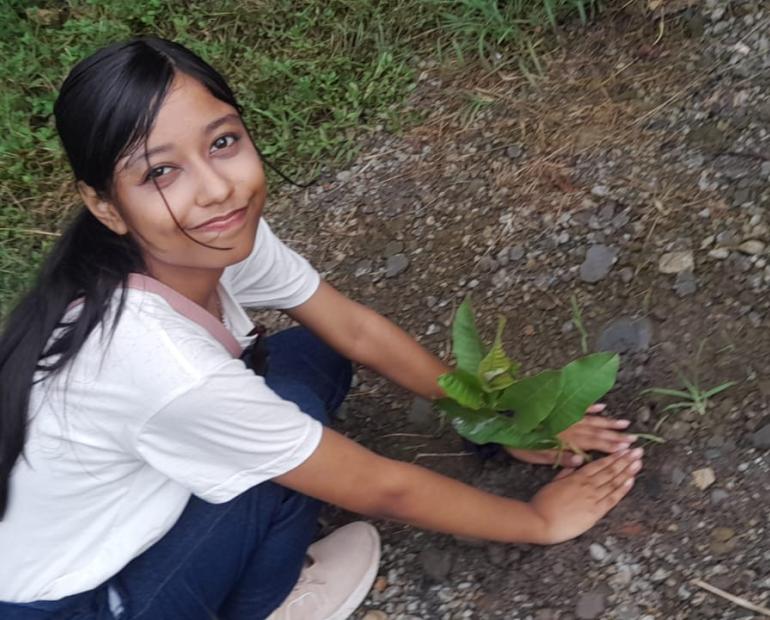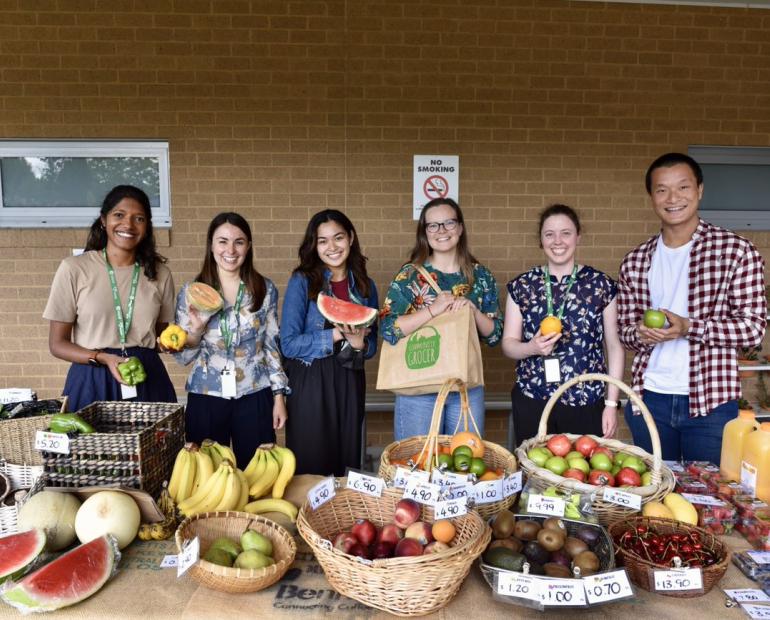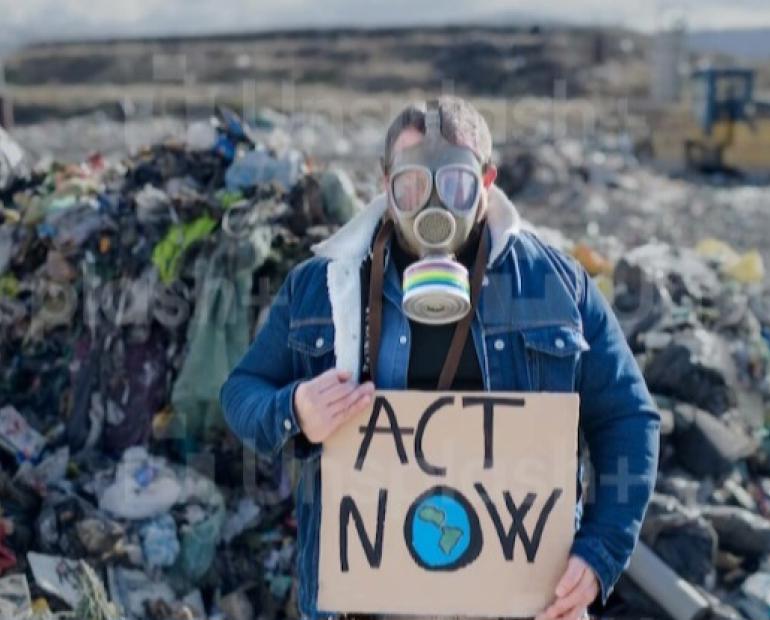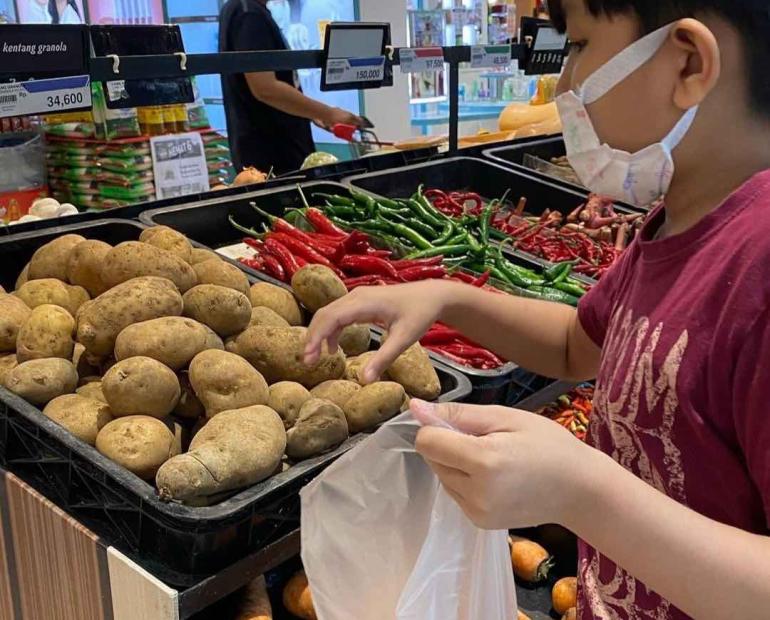
Florence Sibomana is a 24-year-old doctor from Rwanda with a passion for global health and social justice. She's a SUN CSN Youth Leader for Nutrition and volunteers with the Rwanda Non Communicable Disease Alliance and the Amazon Nutrition Cabinet, where she has campaigned to prevent malnutrition and non-communicable diseases. She participated in the launch of UNICEF's State of the World’s Children Follow-up Reports on Nutrition and you can read an edited version of her speech below. The reports, titled ‘Feeding my Child’ and ‘Food and Me’, highlight adolescents' and mothers' insights, perceptions, and experiences of food and nutrition, barriers to healthy diets, and solutions to address the challenges. You can download these reports in pdf format here:
I am Florence Sibomana, a Young medical doctor and SUN CSN youth leader for Nutrition from Rwanda. I have grown up in the community where 2 in 5 children are stunted and we all know that stunting is irreversible form of malnutrition that affect children’s brain development and thereafter affect their future career and productivity.
This burden of malnutrition in Rwanda is mainly due to poverty, inadequate knowledge of mothers on healthy nutrition, big number of children per family, culture etc similar to other countries across the world as stated in UNICEF report findings.
Rwanda has made impressive progress to fight malnutrition through different community development programs: One cow per family, distribution of nutritious supplements to poor families, community screening of malnutrition and community education on hygiene, nutrition and family planning by community health workers and one kitchen garden per family.
Despite all efforts, adolescents’ nutrition has been left behind in nutrition agenda, like other parts of the World. Adolescents, a group that has been previously absent from the global health agenda, are now being recognized as providing an important opportunity to break the intergenerational cycle of growth failure. The most recent global estimates are that 16% of the world’s populations are adolescents, 90% of whom live in low and middle-income countries (LMICs); half live in Asia but only in Africa are adolescents the largest portion of the population (23%).
With this large portion of young people and increasing trends of teen pregnancies, adolescents nutrition is an important element to include in nutrition agenda. Although I was in medical career, learning about the importance of nutrition but I rarely minded about what I eat because I wasn’t trained that in my culture. I used to go for unhealthy foods because I found them delicious and I felt peer pressure to do so.
Based on my personal experience of weak consideration of healthy habits and a big number of patients consulting for diseases related to poor nutrition, I was inspired to create the Youth Powered Nutrition project in Rwanda as part of my campaign aiming at strengthening the capacity and engagement of young people in nutrition advocacy to increase their knowledge on nutrition and improved behavior towards healthy lifestyles.
In this project, I have established a network of 30 young people from 30 districts of Rwanda with high representation of young girls as future mothers to ensure healthy nutrition in their families, so that we can work together to increase community knowledge on nutrition and advance nutrition advocacy.
So far, we have done community campaigns that helped the population in increasing their knowledge on nutrition but as behavior change is a journey, this should not be a one-time activity.
District youth champions have implemented different community campaigns including a Kitchen garden for each family so the families can grow vegetables by themselves. Also, poultry has been provided to families with less disposable income, so that they are able to feed young children with animal proteins from eggs, Youth clubs for health health and nutrition have been established to discuss life-skills around nutrition, sexual and reproductive health rights This project is responding to some of the challenges identified in different countries stated in the two reports, but more needs to be done.
I call all relevant and concerned stakeholders to:
- Include the voice of young people and support their initiatives in nutrition advocacy.
- Increase nutrition knowledge of young people through the attractive and interactive education model.
- Empower women on nutrition as the key people to decide food choices to their families.
- Integrate nutrition care as part of the package the health care providers deliver to the patients.
- Support the young people and women in agribusiness to attain food security.
- Multistakeholder collaboration including media, Sexual Reproductive Health services and WASH to improve adolescents’ nutrition especially in countries with burden of teen pregnancies.
- Improve multisectoral collaboration to establish a continuum for good nutrition of adolescent girls and boys.







